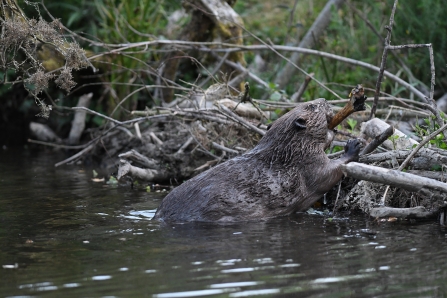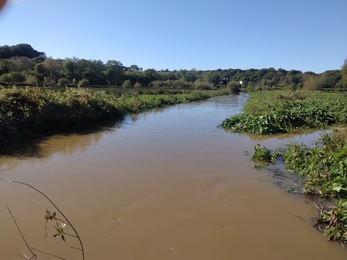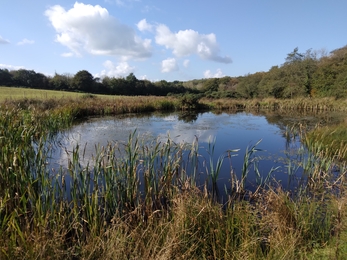The Eurasian beaver (Castor fiber) was hunted to extinction in Britain around 400 years ago, but we are on a mission to give this industrious, much-loved creature a helping paw in its return to the south coast. Hampshire & Isle of Wight Wildlife Trust is hoping to support the recovery of this ecosystem engineer starting with a wild release to the Eastern Yar river on the Isle of Wight.
Beavers are native to Britain and used to be common along waterways until hunting for their meat, fur, and scent oils drove them to extinction by the 16th century. However, beavers are once again becoming a key part of the British landscape.
Beavers could play a really unique and important role in creating a Wilder Wight. They are a keystone species meaning they can enhance, create, and sustain natural wetland ecosystems, bringing benefits to both people and wildlife.








